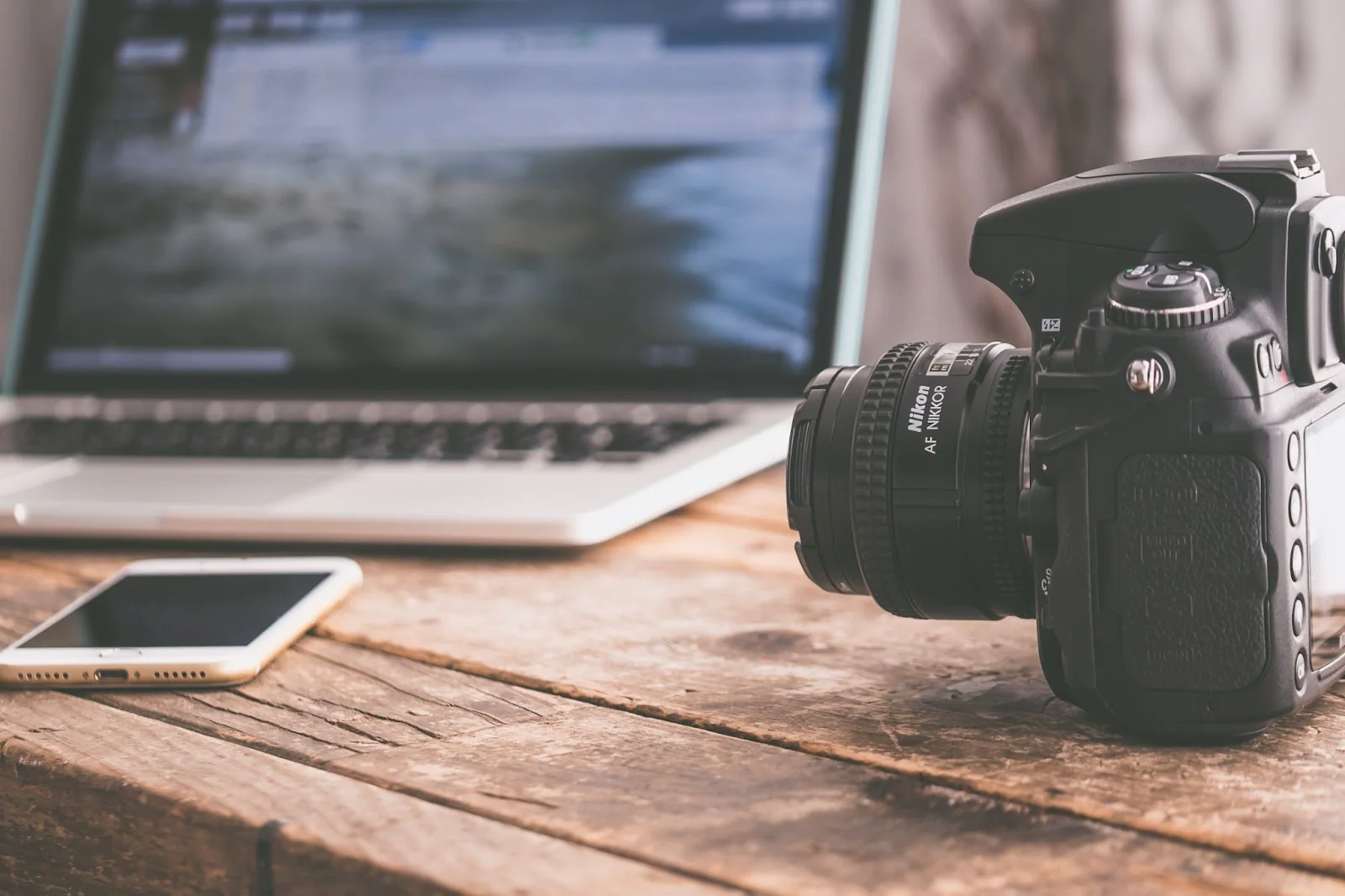
How Video Editing Enhances The Storytelling Process
In today’s digital age, video content has become one of the most influential storytelling mediums. With its ability to captivate audiences, it’s no surprise that video editing is an essential component in elevating a story’s impact.
In this blog post, we will explore seven crucial techniques that demonstrate how video editing enhances the storytelling process and helps create memorable experiences for viewers.
Merging Videos For Seamless Transitions
One of the first steps in the editing process is learning how to merge videos, which can effectively stitch together different scenes or shots. By combining clips, editors can create smooth transitions that maintain the story’s flow and continuity.
This technique not only eliminates jarring cuts but also establishes a clear narrative progression. Merging videos is a simple yet powerful way to improve the viewer’s experience and keep them engaged with the story.
Pacing And Rhythm
The pace of a video has a significant impact on the storytelling process. By carefully adjusting the duration and sequence of clips, editors can manipulate the tempo and rhythm of a story.
Faster cuts can create a sense of urgency or excitement, while slower edits allow for emotional depth and reflection. A well-paced video ensures that the audience remains engaged and connected with the narrative, ultimately enhancing the storytelling process.
Color Grading For Emotional Impact
Color grading is an essential video editing technique that can drastically affect the mood and tone of a story. By adjusting the colors and saturation, editors can create distinct atmospheres that evoke specific emotions.
For example, desaturated colors can give a bleak or nostalgic feel, while vibrant hues can evoke happiness or energy. Skillful color grading enables editors to convey emotions visually, adding depth and nuance to the storytelling process.
Sound Design And Mixing
The importance of sound in storytelling cannot be overstated. Through sound design and mixing, editors can create immersive audio environments that complement the visuals and enhance the narrative.
This includes choosing the right music, sound effects, and dialogue to create a rich soundscape that captures the audience’s attention. When executed well, the sound design adds another layer of meaning to the story and heightens the overall impact.
Visual Effects And Graphics
The use of visual effects and graphics in video editing can transform a story by adding new dimensions or highlighting key aspects of the narrative. With techniques like green screen compositing, editors can place characters in fantastical settings or immerse them in different worlds.
Animated text, infographics, and motion graphics can also be used to emphasize important information or create a unique visual style. These creative elements can greatly enrich the storytelling process, making the video more engaging and memorable.
Montage For Story Development
Montage is a classic editing technique that allows editors to convey the passage of time or the development of a story through a series of short, related clips. By juxtaposing different shots, montages can create powerful visual narratives that drive the story forward.
For example, a training montage in a sports film can show the protagonist’s progress and growth. Montage is a highly effective way to condense information and evoke emotions in the storytelling process.
Cutting On Action For Visual Continuity
Cutting on action is a video editing technique that involves transitioning from one shot to another while a subject is in motion. This creates a seamless flow between shots and maintains visual continuity, as the viewer’s attention is naturally drawn to the action.
By cutting on action, editors can prevent the narrative from feeling disjointed, ensuring a smooth and engaging storytelling experience.
In summary
Video editing is an invaluable tool in the art of storytelling, capable of enhancing narratives and evoking powerful emotions in viewers. By mastering techniques like merging videos, pacing, color grading, sound design, visual effects, montage, and cutting on action, editors can create captivating and immersive experiences that resonate with audiences. As technology continues to advance and new editing tools emerge, the possibilities for storytelling through video are virtually endless.
Ultimately, skillful video editing not only improves the overall quality of a story but also elevates it into a memorable, engaging experience that leaves a lasting impression on viewers. So, the next time you watch a film or video, take a moment to appreciate the artistry and craftsmanship behind the editing – it just might change the way you experience the story.



